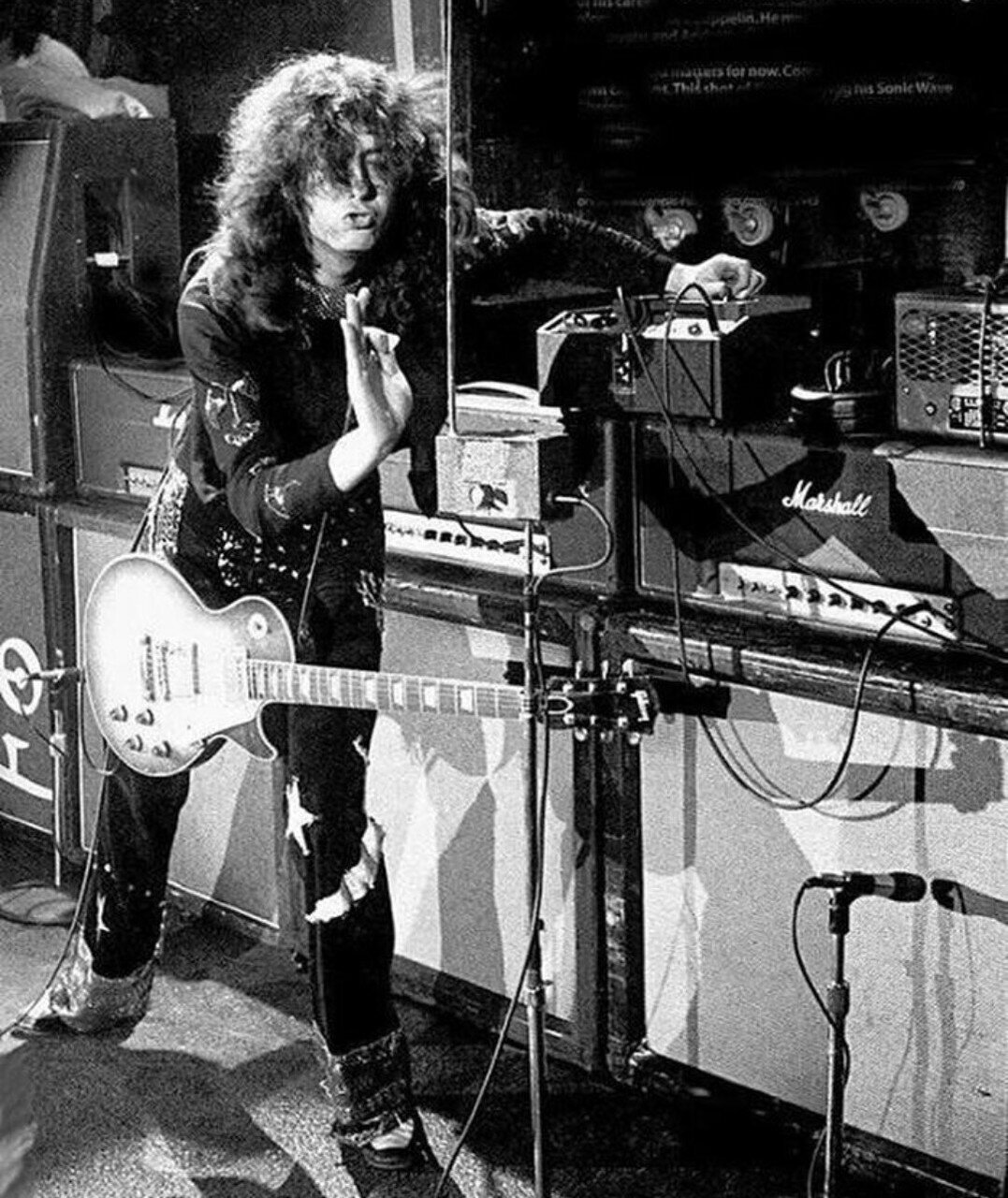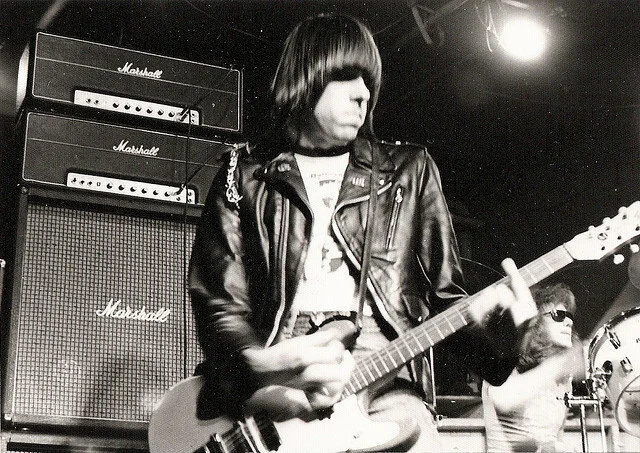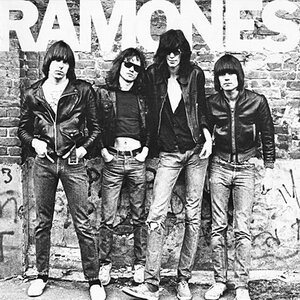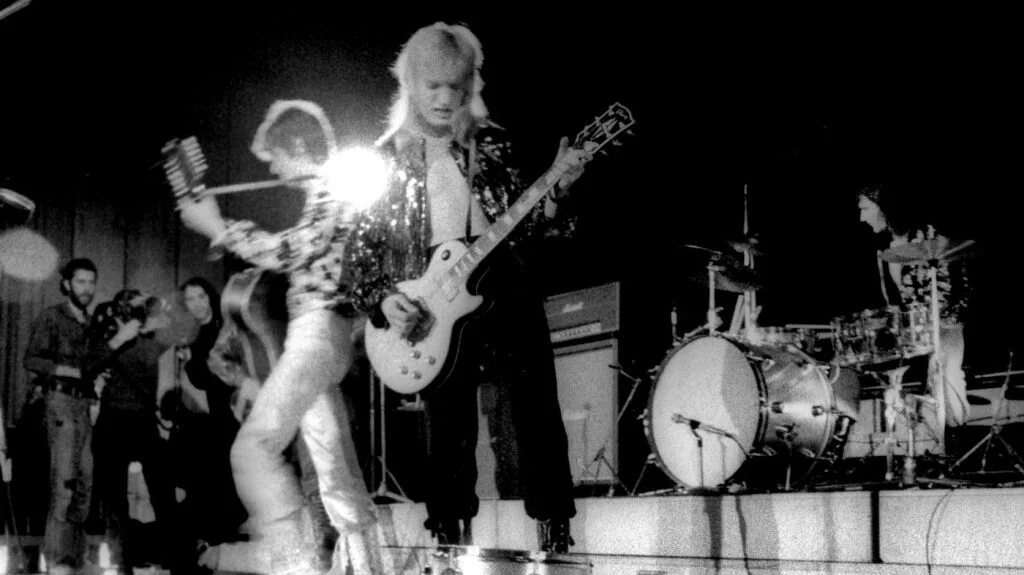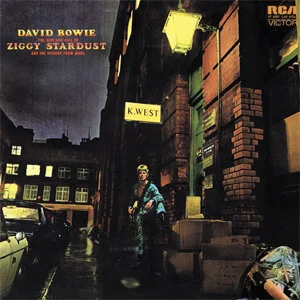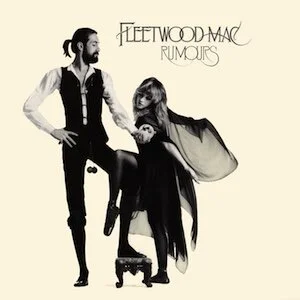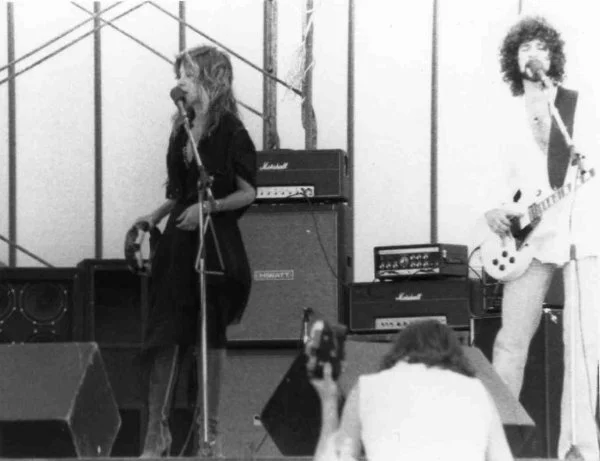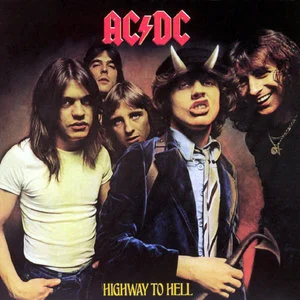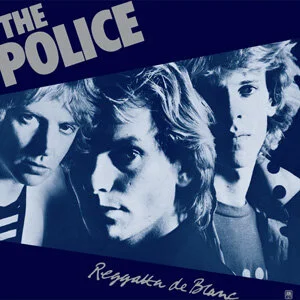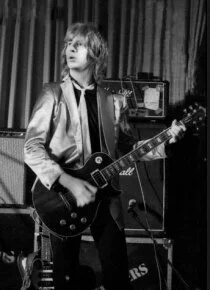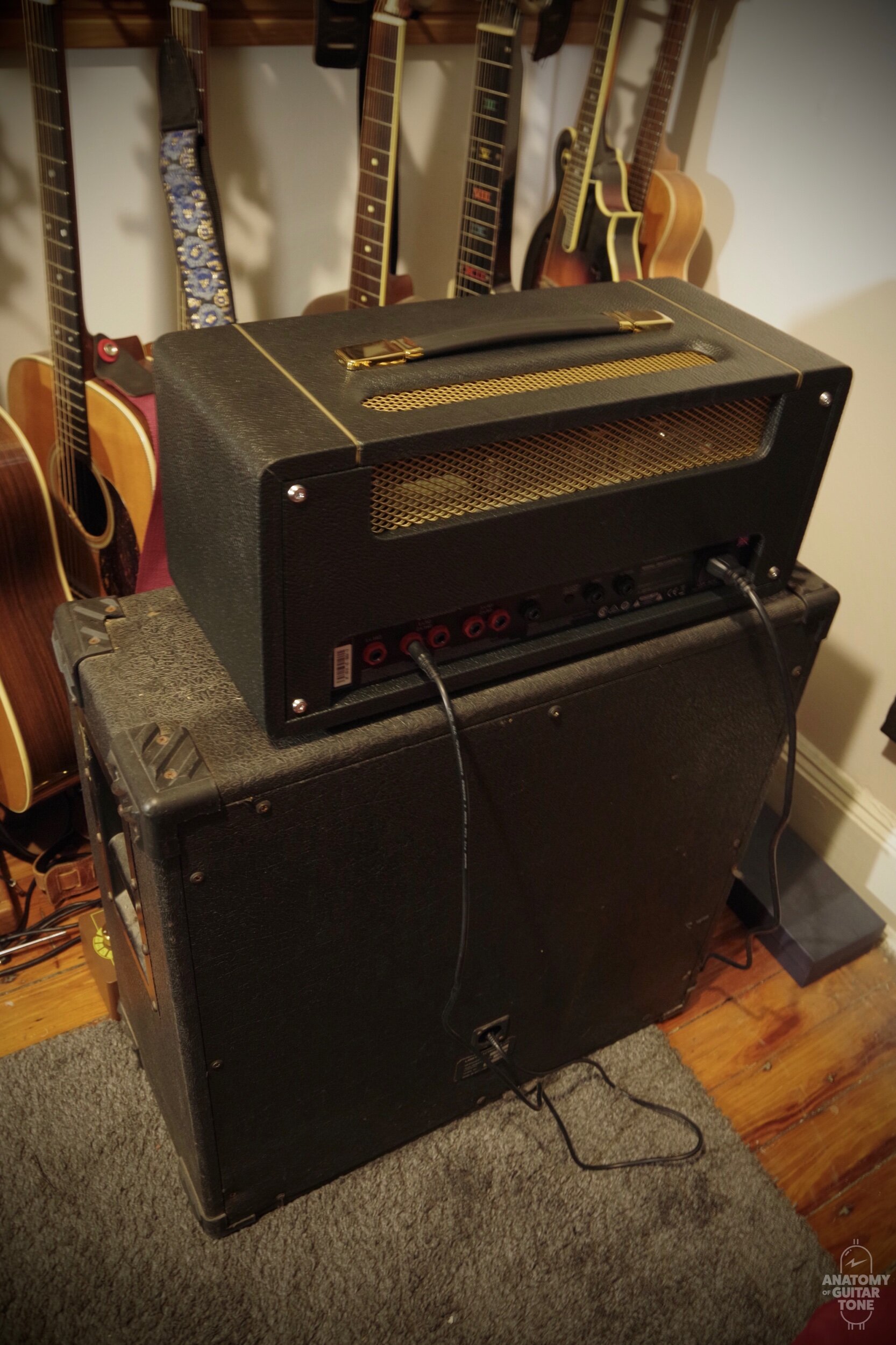Marshall SV20H 20-watt Plexi Amp
I grew up listening to a lot of British rock music — everything from the Beatles to Led Zeppelin. I also heard a lot of punk and early hardcore — bands such as the Ramones and Minor Threat.
Because of my roots in this music, you would think I would have had a Marshall amp. But, I didn't know until recently. I'm not sure why. I always wanted one, but I just ended up buying other amps.
A lot of the Marshall amps I liked weren't that practical for gigging around NYC. In particular, I like the Plexi era of Marshall amps. Lugging around a JTM45 or Super Lead head with a cab wouldn't be a fun task in NYC.
Still, I was missing something in my tone closet. I loved those Marshall tones. I tried a bunch of pedals that attempt to turn your amp into a Marshall. But, for me, they don't do the trick with scratching that itch. Some can imply a particular Marshall flavor, but you have to have a real one to get that tone.
Fresh meat
Playing Pete’s Candy Store in Brooklyn,, NY with a 12-watt amp
This year Marshall amps introduced the Studio Vintage line of amps. One of the models they released was a 20-watt Plexi, which sparked my interest. I tend to record with a lot of 10-20-watt amps in my apartment. I also regularly gig around NYC with 10-20 watt amps.
I knew a Marshall of this size would be a perfect accompaniment to my collection. I knew I would be able to crank it enough to get the tone I longed for and not incite a riot.
I don't buy a lot of mass-produced amps these days. My collection is consists of amps by Headstrong and Victoria. The exception is an early 90's Vox AC15 and now the Marshall SV20H.
The Vox sounds fantastic. I have played boutique Vox style AC15's but haven't found one that sounds better than this particular early 1990's Marshall manufacture model. It was a good era for Vox. So, although I'm generally in favor of hand-built amps, I'm not opposed to any amp that sounds great. And I'm not afraid to admit it.
The Marshall SV20H is one of those amps that deliver. It sounds great! It most definitely has that Marshall flavor. If my Les Paul had arms, I know it would have hugged me with joyous excitement. A Les Paul loves a Marshall. It's like French fries and ketchup.
My taste in Marshall tones tends to be pretty broad. I wanted access to Hendrix and Jimmy Page tones. That's a given. But, I also wanted Mick Ronson, Andy Summers, James Honey-Moon Scott, Angus Young, and Johnny Ramone, to name just a few.
There are a lot of eras of Marshall, and even though the amps changed through each period, you can get the meat and potatoes tone from a Plexi.
A Marshall is one of those amps you plug into and turn it up to taste. They start to break up early. The overdrive doesn't seem as separate as it does on other amps. Marshall overdrive is like sonic glue.
“A cranked Marshall seems to distort the midrange in a way that it blends in with your sound.”
If you crank a Blackface Fender, you almost hear two tones. A clean tone and an overdriving tone. A cranked tweed amp can start to sound like a fuzz pedal. A cranked Marshall seems to distort the midrange in a way that it blends in with your sound. It sounds like one tone rather than two. Your low notes still have definition but sound wider. I don't hear the overdrive isolated from the guitar.
Marshall amps have a very focused sound that cuts through a mix. To me, overdriven single notes or power chords don't sound better than on a Marshall.
Tubes
The SV20H comes with three ECC83 tubes and two EL34 tubes. The same tube layout as the Marshall 1959 SLP 100 watt head. Minus two EL34's that is.
The SV20H is excellent news as Marshall wasn't making a real 20-watt Plexi before. They had lower wattage amps, but the circuit was different and didn't employ this tube layout.
Transformer
The SV20H in true Plexi form uses a solid-state rectifier. See, it is a mini 1959 SLP! I consider this to be an important element in the Plexi tone.
Carry that weight
The SV20H weighs a delightful 20lbs. Easy to grab and run out the door with for a session or gig.
Halfsies
There is an option to scale down the wattage from 20-watts to 5-watts. The 5-watt scaling is helpful for when you need to contain the volume. But don't be fooled by the 5watt rating. In true Marshall nature, it's still quite loud. Remember, it's a non-master volume amp. To get overdrive, you have to push the volume knob.
I have found it more useful to use an amp attenuator for recording. An attenuator such as the Weber Mass 200 gives me more control over where I can push the volume knob versus actual volume omitting from the amp. Especially when diming the volumes. For clean tones, the volume on 5watts sits at a perfect home recording level.
Here is what Marshall had to say about the 5-watt operation:
"The Lower wattage is derived by changing the HT voltage to the phase splitter and power tubes. Screen Voltage from the power is also reduced. This is how the 5 Watt output is produced."
Speaker up
Marshall offers a new vintage-voiced 2 x 12" speaker cab. It comes loaded with Celestion V-Type speakers that have a 140-watt power handling. The high headroom speakers should ensure plenty of clean headroom from the speakers.
I tend to go a little more old school. I have an old Laney 2 x 12" closed back cab loaded with Celestion Greenback 25's. It's my favorite speaker pairing with a Plexi.
Marshall was thinking of flexibility with the SV20H. We have speaker output options for 4ohm, 8 ohm, and 16ohm cabinets.
Always research the ohms of your speakers. Improperly pairing the amp and speaker can damage the amp. If you're unsure, purchase a multimeter to check your speaker cab.
Use me
I've been using the Marshall SV20H on a variety of sessions. It's always surprising how many different sounds you'd get out of a Marshall.
“I find Marshall amps to be more interactive than most amps.”
The Normal and High Treble channels sound very different. Add in the variables you get from jumping the channels, and you have a very interactive amp. I find Marshall amps to be more interactive than most amps. The way I engage with a Marshall Plexi varies considerably based on which guitar I'm using.
If I'm using a Tele, I might plug into the lower input of the Normal channel ala Andy Summers to get a cleaner tone. I would suggest spending some time and experimenting when you first start playing with a Marshall 4 input amp. The interactive nature of the amp throws a lot of guitarists at first.
It's also worth researching your favorite Marshall Plexi players and seeing how they interacted with the amp. Don't' be afraid to adjust EQ dials drastically.
Might as well jump
I mentioned Jumping channels. By using a guitar patch cable, you can bridge the Normal and High Treble Channel together. You do so by plugging your guitar into the high input of the High Treble Channel, then connect a patch cable from the low input of the High Treble Channel into the high input of the Normal Channel. Jumping allows the channels to run Parallel with each other.
You now can blend the channels to gain access to many more flavors. There is such a range of tone without even plugging any pedals into a Marshall. It's for this reason you find a lot of players that plug straight in or have a few pedals like a chorus, tape echo, or fuzz. The amp can do so much of the work, which is very different from a Fender amp.
Effects loop
The SV20H comes with a switchable effects loop. I don't tend to use effect loops. I prefer to run all of my effects straight into the amp, especially on non-master volume amps. I could see this feature being useful on master volume amps. Because I don't typically use an effects loop, I was glad they included the option to bypass the effects loop from the circuit. Smart!
Pedal facsimiles
There is a big market for Marshall in a box tone. You'll see many pedal manufacturers marketing the idea that a pedal can sound just like a Marshall. Well, they don't. I'm not saying they not pleasing. It's just not the same thing. If you like Marshall tone, the only path is to get one. And now that they make one at 20-watts, it's versatile for many gigs.
“You’ll see many pedal manufacturers marketing the idea that a pedal can sound just like a Marshall. Well, they don’t. ”
The pairing of a Marshall Plexi and a closed-back cab is some unique chemistry. I've been recording and touring a long time. I've had many Marshall in a box pedals. Some have been great in the sense that they fattened up the Fender amp I was using. But, in recording, I always felt something was missing, then I wanted that classic tone.
“The Marshall SV20H is an authentic Marshall tone.”
Now that I've been recording so much with the SV20H, I know I was missing the real thing. There isn't a substitute for that sound.
The Marshall SV20H is an authentic Marshall tone. It doesn't sound or feel like a watered-down reissue such as the ones Fender has been releasing. As you can tell, I haven't been inspired by Fender amps over the past 30 years.
Marshall cared about this amp. In no way does the SV20H feel like a compromise.
Let's listen to examples I recorded with various guitars.
all examples recorded using;
Asterope Cables
DR Pure Nickel Strings
Sennheiser 906 mic
Soyuz Bomblet mic
AEA A840 mic
API 312 mic pre
Universal Audio Apollo


